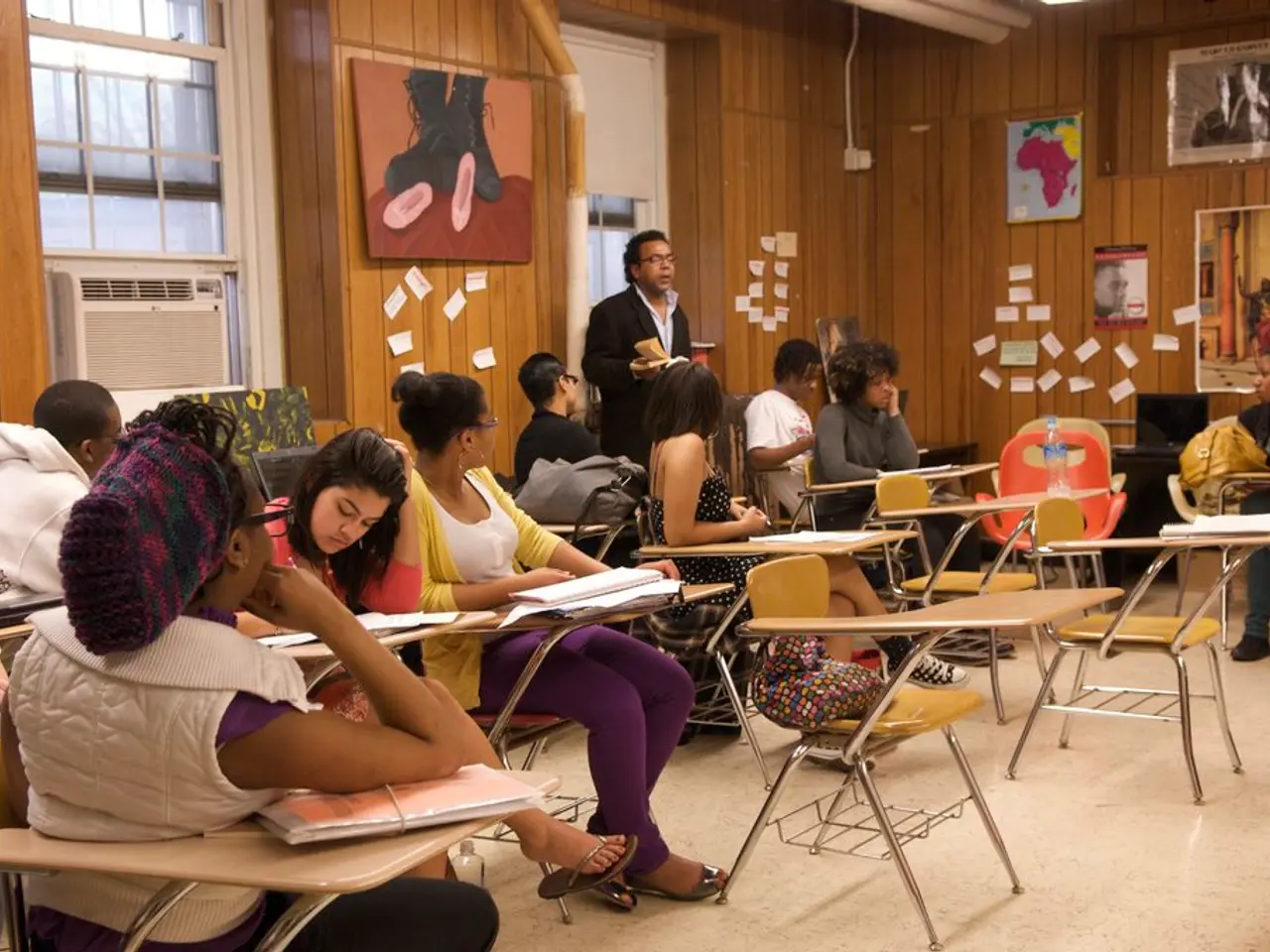Redesigning Educational Experiences - Priceless Educational Insights
In the realm of education and training, two distinct approaches have emerged to create engaging, effective, and interactive learning experiences: Instructional Design (ID) and Learning Experience Design (LXD).
Instructional Design (ID): Focuses on the development of instructional materials and courses. Utilizing models like ADDIE (Analysis, Design, Development, Implementation, Evaluation), ID creates efficient, effective learning systems. Emphasizing cognitive and behavioral outcomes, ID ensures the alignment of content with measurable objectives. Common tasks involve creating content such as guides, videos, assessments, and training programs. ID prioritizes instructional theory and methods to ensure knowledge acquisition and skill development [1][2][4].
Learning Experience Design (LXD): Centers on the overall learner experience, including emotions, motivations, interactions, and usability. By integrating principles of User Experience (UX) design with learning theory, LXD creates engaging, seamless, and personalized learning pathways. Encouraging self-directed and social learning, LXD often uses advanced technology platforms to increase interactivity and learner engagement. LXD focuses on designing an environment that supports learning in a broader context, not just delivering content [3]. More holistic, LXD considers factors such as learner empathy, accessibility, personalization, and the full learner journey.
The term "Learning Experience Design" was coined by Connie Malamed in 2015. Unlike ID, LXD takes a broader, learner-centered approach, aiming for engagement and motivation through a learner-centered experience that extends beyond traditional instruction.
In summary, ID is about "what to teach and how to teach it", whereas LXD is about "how learners interact with and feel about the learning process". As education and training evolve, LXD expands the role of ID by incorporating UX and learner engagement strategies to address diverse learner needs in more dynamic, technology-rich environments.
Practical components may be necessary for certain learning experiences, such as learning to drive. Learning experiences are interactions with a user/customer/individual, aiming for the person to learn something. In some cases, consistency in teaching styles may be beneficial to minimize distractions. However, the easiest way to design a learning experience is to work backwards from the desired outcome.
Learning design seeks to solve one or more of five types of problems for the learner: lack of knowledge, lack of skill, lack of confidence, lack of motivation, or lack of resources. The learning methods should be chosen based on the desired outcome. The content of a learning experience aims to provide the things the user needs to complete a task.
This article is part of a learning experience, demonstrating the practical application of LXD principles. Even Angus T Jones, an American actor, has stated that "everything is a learning experience." As more industries embrace technology and remote work, the need for effective LXD will continue to grow, ensuring that learners have engaging, personalized, and effective learning experiences.
References: [1] Dick, W. H., Carey, L., & Carey, J. (2015). Designing and Developing Digital Learning Experiences. Routledge. [2] Garrison, D. R., & Kanuka, H. K. (2004). E-Learning in the 21st Century: A Framework for Research and Practice. Routledge. [3] Malamed, C. (2015). Designing for How People Learn: 10 Steps to Learning Experience Design. ASTD Press. [4] Smith, M. K., Ragan, T. V., & Wilkison, D. (2012). Performance-Focused Smoothse: A Guide to Integrating Learning, Performance, and Business Results. ATD Press.
- In the era of technology-driven learning, UX design principles can be integrated into Learning Experience Design (LXD) to create engaging, seamless, and personalized user experiences that cater to the diverse needs of learners.
- To ensure effective learning experiences, creators must prioritize both the thorough development of instructional materials, as with Instructional Design (ID), and the enhancement of learner experience and engagement, as advocated by Learning Experience Design (LXD), alongside self-development and continuous learning.




